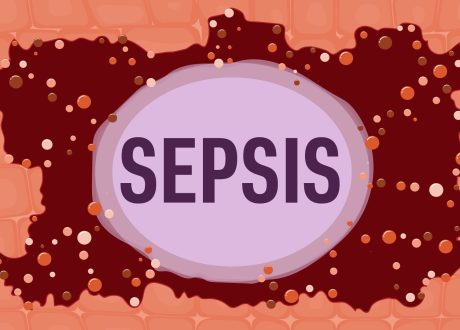April 15, 2024
Written by Amanda Mathews
![]()
Low and high extremes of prehospital vital signs were associated with higher rates of hospitalization and in-hospital mortality; however, there was not statistically significant improvement in their model when using age adjusted vital signs.
What were those vitals again?
Researchers used a national database of EMS encounters within the United States to derive centiles of vital signs for adults; an additional database was used to validate this sample. Sets of vital signs were both age adjusted, and non-age adjusted to determine if different cutoffs would prove more reliable in predicting in hospital outcomes. They extracted heart rate (HR), respiratory rate (RR), and systolic blood pressure (SBP) for the patient encounters. When there were multiple sets of vital signs obtained during an encounter, they selected the first set documented. Vital signs that had a high chance of being erroneous or not compatible with life were excluded (ex. RR >120 or <1). All EMS encounters with a documented age >18 years that were transferred via a BLS or ALS crew were included. The data set (from 2018) was 13+ million encounters of which 2.5 million had in-hospital data later available.
In-hospital mortality was greatest among patients at the low and high extremes of centiles for all three vital signs, with hypotension being a particularly strong indicator of in hospital mortality (14.3% for patients below the 1st centile). Risk of hospitalization was also higher among patients at the extremes of centiles. Age adjusted vital signs had slightly increased accuracy for HR and RR but lower accuracy for SBP when looking at both in-hospital mortality and risk of hospitalization. Here is a table of vital sign extremes by age.

How will this change my practice?
It can be easy to miss an in-person EMS report on a busy shift and too often triage notes don’t tell the whole story for these patients. I will pay extra attention to the initial vital signs being reported by our pre-hospital colleagues as it may help me determine a patient’s clinical trajectory early in the encounter.
Editor’s note: This is helpful info, but it’s not something we memorize. Rather, we use these data to train AI systems to alert us for age-specific abnormal vitals in the prehospital setting, in the ED, and to flag abnormal discharge vitals. ~Clay Smith
Source
Correlation of vital sign centiles with in-hospital outcomes among adults encountered by emergency medical services. Acad Emerg Med. 2024 Mar;31(3):210-219. doi: 10.1111/acem.14821. Epub 2023 Nov 3. PMID: 37845192.









